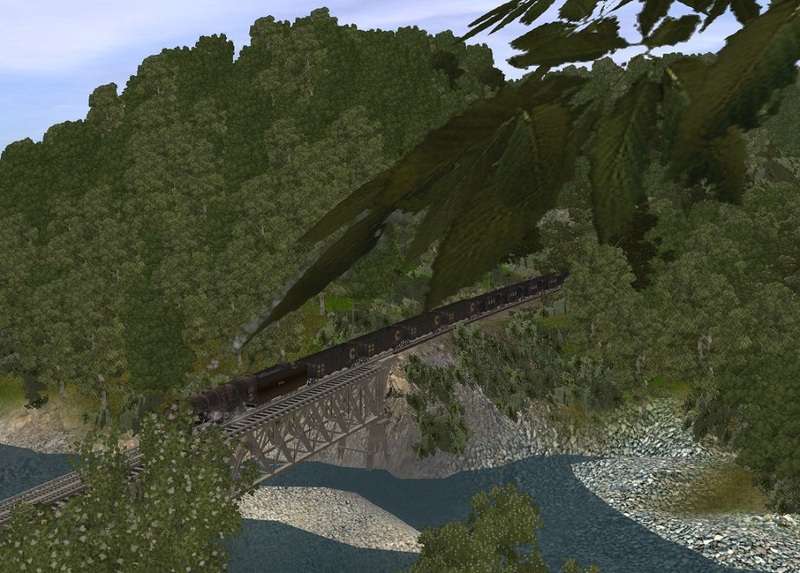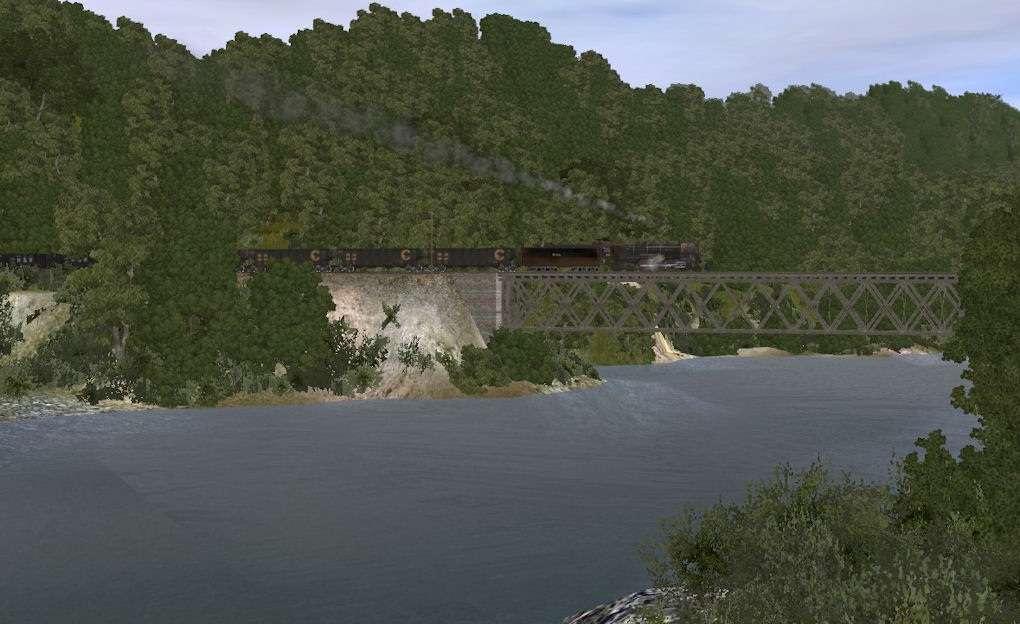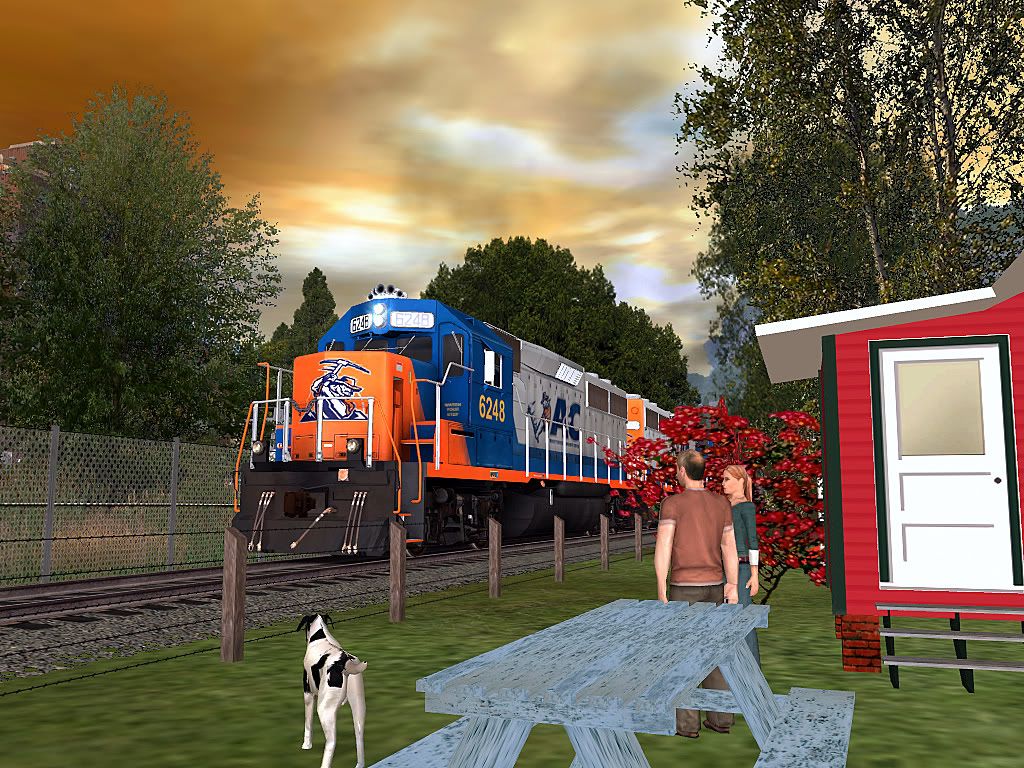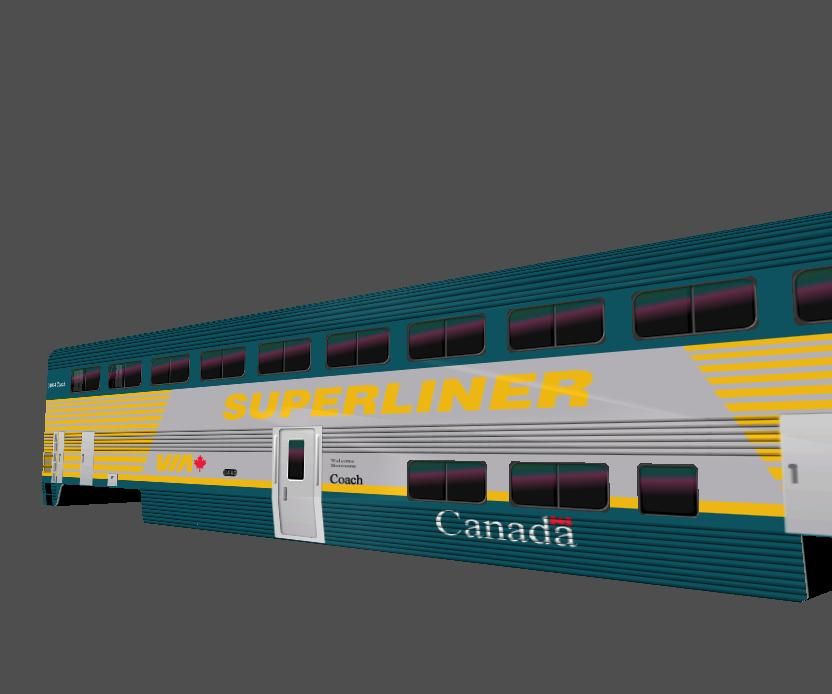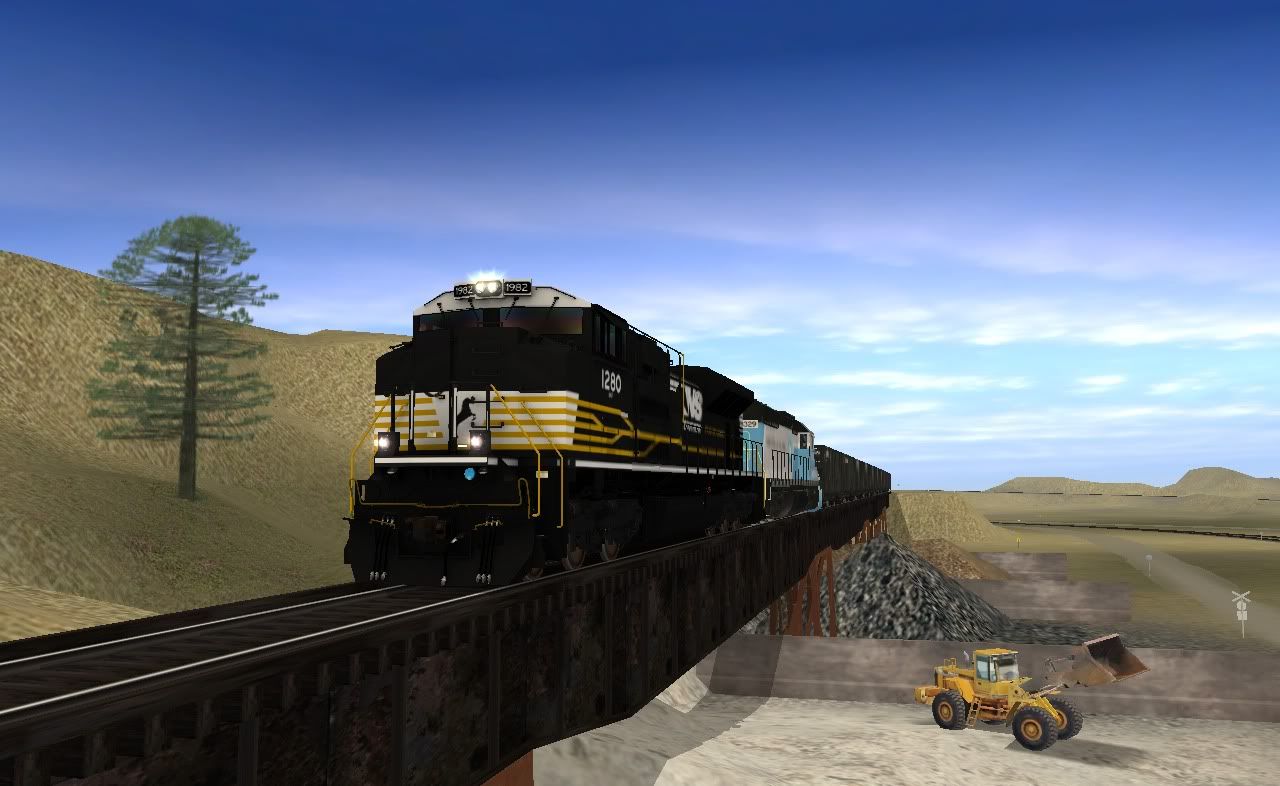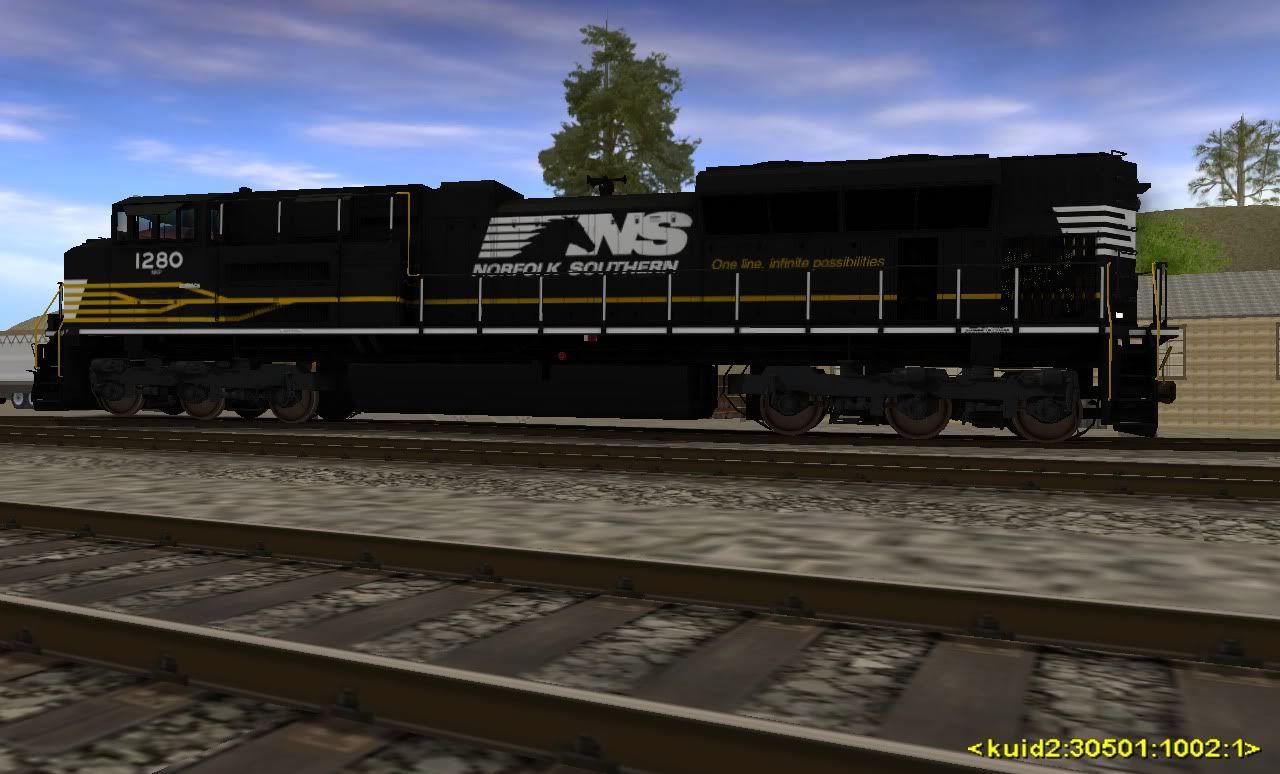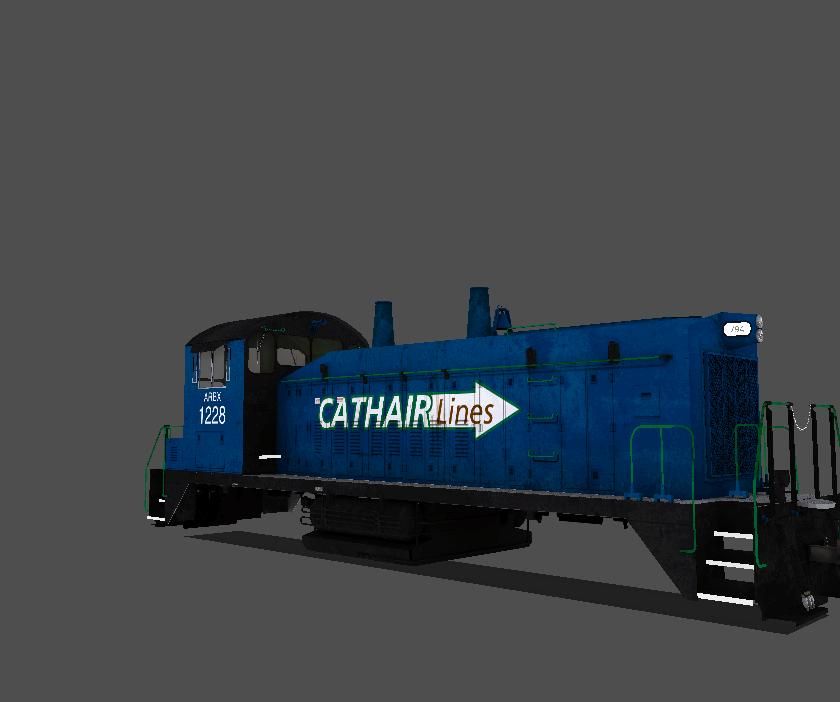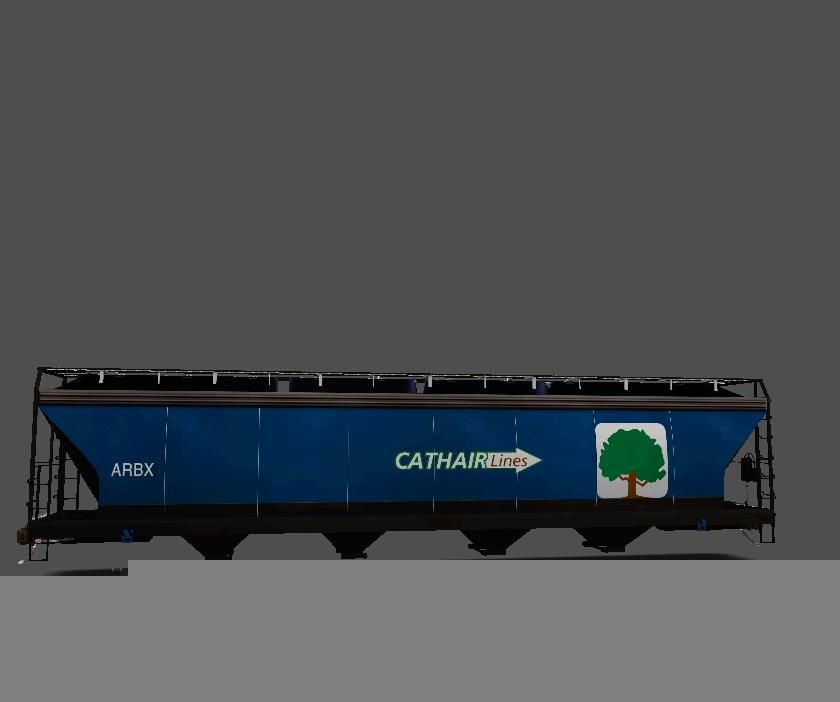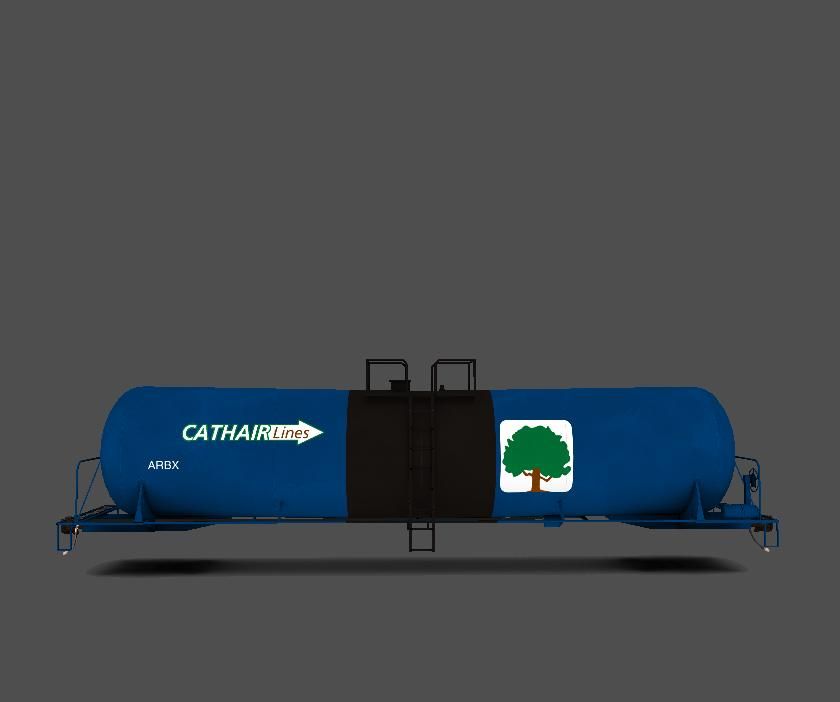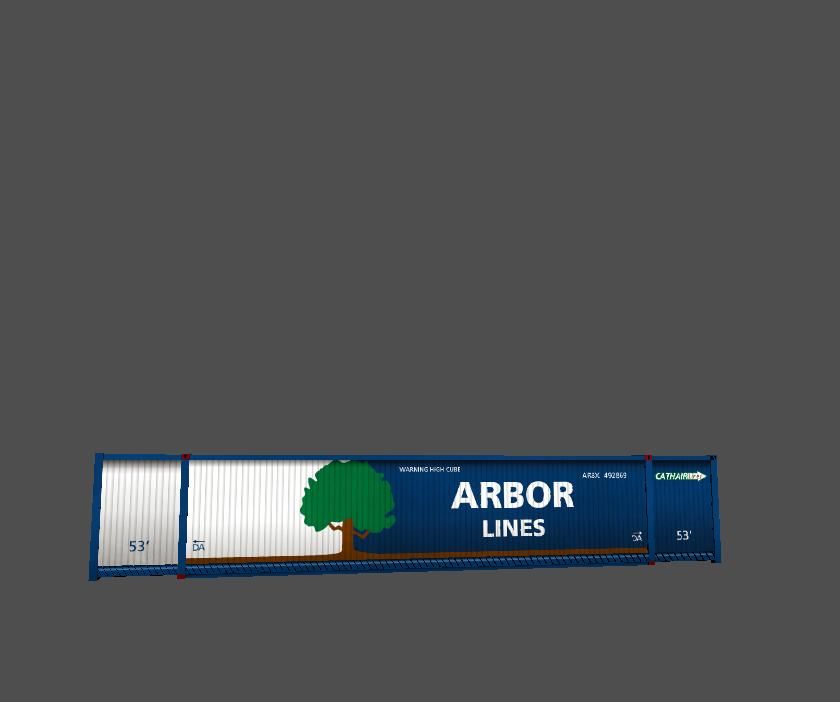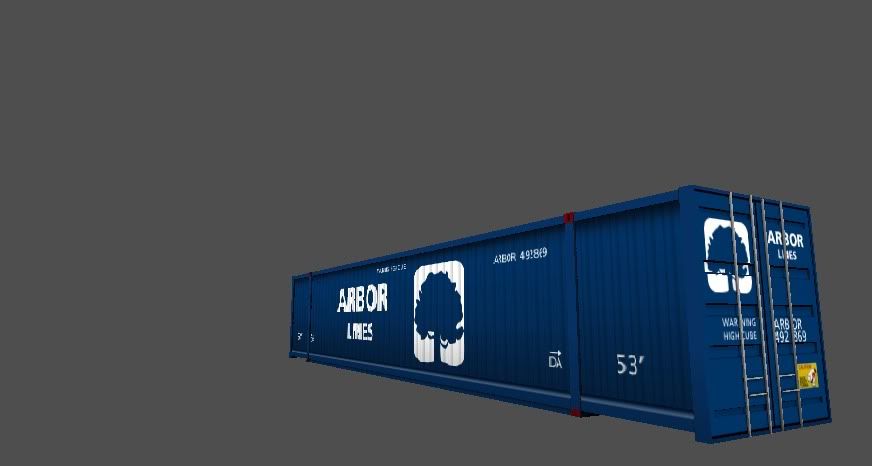My fictional railroad
Hey everybody! I'm back!

Sorry if i'm bumping. I've decided to split my railroads history into two parts cause of the limitations of 10000 characters. So here's my second part of my railroad.

When WW2 broke out, like all other railroads it was called into action to help transport the weapons & troops to the sea coasts to aid the united states army. The factories on the island were in full swing of production to manufactor the parts & weapons needed for war effort. The mines reopened to serve the war effort as well as ammunition dumps to ship metals needed for the war effort. They borrowed locomotives from other railroads to serve there needs cause they were in need of extra power to transport loads & because of wartime restrictions on new locomotive designs, although they did purchase a few new ones for the war effort. They picked up old worn down locomotives to be overhauled for the war. They transported men & machines to the coast for the war. When the war ended, the railroad entered the big times again.
In the 1950s, as steam was being phased out, the railroad went to purchase examples that were being scrap because they were desprate to update their fleet. The company's president went all over the nation to find locomotives that were either wrecked, damaged or on there way to be scrapped to the various railroads that were selling their steam power for scrap. Eventually the railroad file 2 lawsuits that followed.
The first was on the New York Central, cause as its steam fleet was being withdraw, the thin controller known as sir thin hatt, went to the NYC to get withdrawn examples for a branchline being reopened, the company president, Alfred Pearlman refused. The S&BRR sued the NYC for illmattered conduct. Mr pearlman tried to win the suit, but lost when the NYCs last president, Patrick E. Crowley, stepped in, because, He had heard of the railroads independence and said the railroad did have the rights to purchase locomotives from any railroad and cause sir thin hatt was their with him when he was under apprentenceship at the time when they camed up with the hudson name, but pearlman had never heard of the islands independence. As ordered by court, Mr Pearlman was forced to give up some engines, hand picked by sir thin hatt, controller of the SL&BRR and chairman of the railroad board. Among the engines purchased were 3 hudsons, 3 pacifics, 3 mohawks, a niagara, 3 mikados, 3 berkshires, 2 ten wheelers & a couple of others to be based on the new branch known as "the little central" which is based on the NYC.
The second was when other railroads were being dieselized, General Electrics & the Electro Motive Division tried TWELVE times to get the S&BRR to dieselize as well, but they refused to dieselize cause of their independence & they already had diesels on the railroad. Like the Norfolk & western, they refused dieselization as well, but unlike the N&W, they resisted the longest, & did something about it. On the twelfth time, the railroad sued them for refusing to listening to their independence. They refused to dieselize & the two companys gave up. Ironically, they eventually decided to purchase diesels from various railroads that were retiring them, cause they needed more power, but it was not to replace steam.
The automobile & airline industries too had a Impact on the railroad. When Amtrak was formed in 1971, all railroads turned over their passenger sevices to the railroad itself, but not the SL&BRR. They fought differently. Instead of turning over its passenger revenue, it continued to maintain passenger service. The government tried several times to get the railroad to turn over its passenger service but nothing helped. The railroad chose to keep its passenger service & mantain it under its rule. When the united states post office announced that all U.S. mail would be shipped by truck and airplane, they tried to get the SL&BRR to end RPO business on their line, but it didn't help. They chose to continue RPO service on their line, as well as REA service & it continues to this day because of their independence & seperation from the rest of the nation.
Because of the islands large degree of independence, they were able to aquire a large amount of locomotives that were either donated by other railroads, brought by scrap lines, or purchased by places of such which is why you see alot of locomotives that were thought to be scrapped (like NYCs hudsons or PRRs S1 duplex or ATSFs mountains). It was done in 1942 to 1962 to preserve steam, diesel or electric types that were deemed obsolete although some were picked up in the 1960s, 1970s, 1980s, & 1990s. It was also done way back in the early part of the 20th century as well. They have also brought in other locomotives from other places around the world to find better homes like britain, germany, russia, austrailia, china & others. locomotives purchased there of differnet gauges were regauged to fit the standard 4 ft, 8 & 1/2 inches of track. It's why steam traction was preserved. They currently have about 300 locomotives in their fleet. From the smallest of the 4 wheelers to the largest of the 4-8-8-4 & from numerous examples like 4-8-4s & 4-6-2s to the rarest like the 4-2-2 & 0-4-4.
They have also bought alot of the other railways old equipment that were being either sold to places, scrapped or retired. they also bought passenger equipment from other railroads like PRRs broadway limited, NYCs 20th century limited, IC city of new orleans, MR Hiawatha, B&Os national limited, SP coast daylight, & a lot of others, because amtrak had retired many of the names of namesake trains. They have even purchased a varity of different freight cars from other railroads as well.
They have there own repair works with blueprints of all of the engines on the railway that were from other railways from the companys that had made them, as well as a engine shed, servicing facilities & turntable. They were able to manufactor their own parts to replace those when ready, thanks to the nearby steel mills & manufactor plants. They could even build their own locomotives from scratch if they wanted too. They once had their own headquarters in tullington but has since moved to silverlake in 1924.
Since privatization, they have gone from being the SL&BRR to the SilverBerry railroad company (AKA Silverberry rail) in 1996 & are still thriving as of today & as to seem most likely to surpass the union pacific railroad as the biggest railroad network in the country. They are now not only responsible for the freight & passenger operations but also for the maintenance of the track & infrastructure of the railway.
Today the railroad still transports berries, but now transports grain, sand, gravel, coal, steel, pipes, chemicals, machines, general merchandise, milk, produce, meats, lumber, ore, parts, logs, livestock, liquids, scrap metal, limestone, charcoal, slate, rock, oil, gas, stone, leather, glass, automobiles, plastics, fertilizer, brick, granite, construction vehicles, clothing, tools, & other kinds of freight to the outside world that continues to change as the island remains the same, using the same steam locomotives that have found refudge from the scrap yard.
the history of the other railways, the narrow gauge simonwood railway, the narrow gauge mid berrybush railway, and the mount Norris cog railway will be explained later on.
There you go, the history of this ficional railroad. One more thing, this is the little railroad where Nick the Steam Engine will take place. you'll see.

It will be updated over time.
